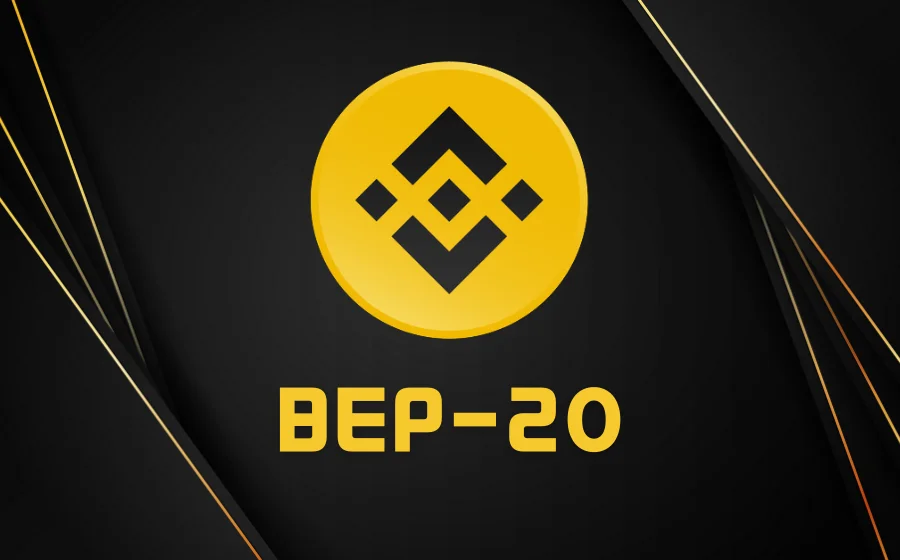
KEYTAKEAWAYS
- Crypto staking allows users to earn rewards by participating in blockchain networks.
- Understand the process, benefits, and potential risks involved.

CONTENT
Explore the world of crypto staking in this comprehensive guide. Learn what staking is, how it works, its benefits, risks, and future outlook in the evolving blockchain landscape.
INTRODUCTION TO CRYPTO STAKING
Crypto staking has become an increasingly popular way for cryptocurrency investors to earn rewards while contributing to the security and functionality of blockchain networks. As the cryptocurrency market continues to evolve, staking is emerging as a key strategy in the decentralized finance (DeFi) ecosystem. Whether you’re new to the concept or looking to deepen your understanding, this article provides a comprehensive overview of what crypto staking is, how it works, and what the future holds for this innovative financial strategy.
WHAT IS CRYPTO STAKING?
Definition
Crypto staking refers to the process by which cryptocurrency holders participate in the validation of transactions on a proof-of-stake (PoS) blockchain network. Unlike proof-of-work (PoW) systems, where miners solve complex mathematical problems to validate transactions and create new blocks, PoS relies on participants who hold and “stake” a certain amount of cryptocurrency in a wallet. By doing so, these participants, known as “stakers” or “validators,” support the network’s operations and, in return, receive rewards, usually in the form of additional cryptocurrency tokens.
Proof-of-Stake vs. Proof-of-Work
The key difference between PoS and PoW lies in how each system secures the blockchain. In PoW, miners expend substantial computational power and energy to solve cryptographic puzzles, which can be both costly and environmentally taxing. On the other hand, PoS selects validators based on the number of tokens they hold and are willing to stake as collateral. This method not only reduces the energy consumption associated with blockchain operations but also democratizes the process, allowing more participants to engage without needing expensive hardware.
Benefits of Crypto Staking
- Passive Income: Staking offers a way for investors to earn a passive income on their crypto holdings without having to sell their assets. The rewards earned through staking can be a steady source of income, especially in a growing market.
- Network Security: By staking their tokens, participants contribute to the security and stability of the blockchain network. The more tokens staked, the more secure the network becomes, as it would be increasingly difficult for malicious actors to gain control.
- Lower Energy Consumption: Compared to PoW, PoS is much more energy-efficient. This makes it a more sustainable option, especially as the world moves towards greener technologies.
>> Also read: 14 Ways To Earn Passive Income With Crypto in 2024
HOW DOES CRYPTO STAKING WORK?
A. Choosing a Staking Platform
The first step in staking is selecting a platform that supports the staking of your chosen cryptocurrency. There are several platforms available, ranging from cryptocurrency exchanges like Bitget to dedicated staking platforms and native wallets of specific blockchains. Each platform offers different staking options, fees, and rewards, so it’s important to research and choose one that aligns with your investment goals.
B. Selecting a Cryptocurrency
Not all cryptocurrencies can be staked, so it’s essential to select one that operates on a PoS or hybrid PoS/PoW network. Some of the most popular staking tokens include Ethereum 2.0, Cardano (ADA), Polkadot (DOT), and Tezos (XTZ). When selecting a cryptocurrency, consider factors such as staking rewards, lock-up periods, and the overall market potential of the token.
C. Delegating or Solo Staking
Once you’ve chosen your cryptocurrency and platform, you’ll need to decide whether to delegate your tokens to a staking pool or stake them solo. Delegating your tokens to a staking pool allows you to combine your tokens with those of other participants, increasing your chances of being selected to validate transactions. This option is often preferred by those with smaller amounts of cryptocurrency or less technical knowledge.
Solo staking, on the other hand, involves staking your tokens directly on the network without joining a pool. While solo staking can be more profitable due to the absence of pool fees, it typically requires a larger amount of cryptocurrency and a deeper understanding of the technical aspects of the network.
D. Earning Rewards
Once your tokens are staked, you’ll begin to earn rewards. These rewards are usually distributed at regular intervals, such as weekly or monthly, and are based on several factors, including the number of tokens staked, the network’s staking rate, and whether you are solo staking or part of a pool. It’s important to monitor your staking performance and stay informed about any changes in the network that could affect your rewards.
RISKS AND CHALLENGES OF STAKING
Market Volatility
Cryptocurrencies are known for their volatility, and this can impact the overall returns from staking. While staking offers the potential for passive income, the value of the rewards can fluctuate with the market price of the cryptocurrency. If the value of the staked tokens drops significantly, the rewards may not be enough to offset the loss.
Lock-up Periods
Many staking platforms require you to lock up your tokens for a specific period. During this time, you cannot access or sell your tokens, which can be a disadvantage if the market shifts unfavorably or if you need liquidity. It’s essential to understand the lock-up terms before committing to staking.
Slashing
Slashing is a penalty mechanism designed to maintain network integrity. If a staker fails to comply with network rules or engages in malicious activities, they may lose a portion of their staked tokens. This risk, while relatively low for most participants, underscores the importance of understanding the network’s protocols and staking responsibly.
THE FUTURE OF CRYPTO STAKING
Ethereum 2.0 and the Rise of Staking
One of the most significant developments in the staking world is the transition of Ethereum to a PoS model, known as Ethereum 2.0. This move is expected to increase the popularity and adoption of staking across the crypto industry. As more networks transition to PoS, staking will likely become a central component of blockchain operations.
Expansion of Staking Services
As staking becomes more mainstream, we can expect to see a broader range of services and platforms catering to stakers. Innovations such as staking-as-a-service (StaaS) and more user-friendly interfaces are likely to attract both retail and institutional investors, further driving the growth of the staking ecosystem.
Regulatory Challenges
With the growth of staking, regulatory scrutiny is expected to increase. Governments and financial regulators may impose new rules and guidelines to ensure the security and legality of staking activities. Staying informed about regulatory developments will be crucial for stakers and platforms alike.
Sustainability and Environmental Impact
As environmental concerns grow, the energy efficiency of PoS will become a key selling point. PoS’s lower energy consumption compared to PoW aligns with global efforts to reduce carbon footprints, making it an attractive option for environmentally conscious investors.
CONCLUSION
Crypto staking offers a unique opportunity for investors to earn rewards while supporting blockchain networks. However, like any investment, it comes with risks that need to be carefully managed. As the cryptocurrency industry continues to evolve, staking is poised to play a crucial role in shaping the future of decentralized finance. By understanding how staking works and staying informed about the latest developments, investors can position themselves to benefit from this growing trend.
>> Also read: Crypto Trading Strategies for Beginners: Your First Step to Earning Millions


















